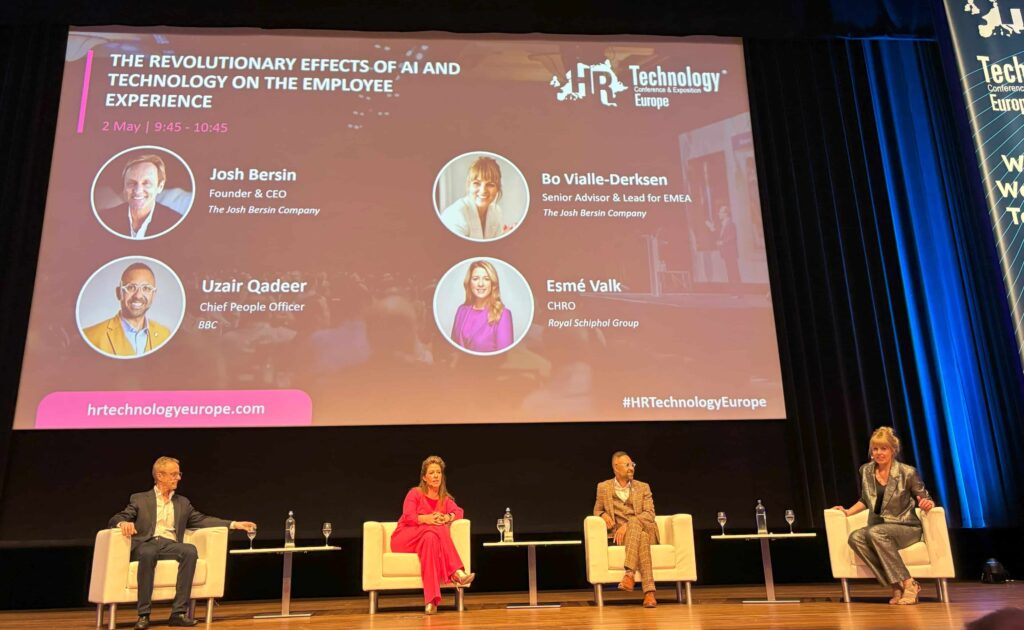
While financial year-end might feel like a dull administrative deadline, it should be viewed as a window into new opportunities for businesses.
It provides businesses with the chance to analyse past performance and make strategic recommendations for the year ahead. For businesses to benefit the most, their data needs to be accurate – otherwise there is risk to both reputation and finances.
Ultimately, a well-managed business is a profitable one and, in this current economic climate, businesses can’t afford to get this wrong. Luckily, there are three key technology-based solutions businesses can rely on to make the processes for financial year-end more seamless.
Automating payroll
Year-end is a period used for calculating annual financial statements and completing the final payroll cycle for the year. Delivering accurate transactions and documentation can prove challenging for businesses with 53% admitting to incurring payroll penalties in the last five years. If payroll was done right each month through modern processes, there would be less strain on teams at year-end and less room for error.
At any time, but specifically during a cost-of-living crisis, workers must be able to rely on their employer to pay them for the work they do. Any payroll discrepancies could impact their abilities to pay bills on time, as well as their overall productivity, morale, and wellbeing.
Common mistakes that contribute towards this includes overpaying or underpaying employees, making incorrect retroactive payments, missing the first paycheque for new hires, deducting the wrong amount for benefits or other payroll deductions, and improperly paying employees who are on disability or leaves of absence.
Fortunately, the right technologies can help businesses mitigate these errors to avoid any inconvenience and lasting detriment to employees. Businesses are embracing technology like AI to streamline workflows, improve decision making and payroll processes and 69% of businesses now use the cloud in some form to process payroll. Yet, while there is a growing uptake of technology, 10% of businesses still rely on pen and paper for their payroll function. This therefore highlights how much further the dial must shift to fully protect the payroll function from human error.
Staying compliant with increasingly complex regulations
The ever-evolving regulatory landscape is introducing complexities into payroll management. The end of the 2023/24 fiscal year saw an unusual and unexpected change in payroll due to the mid-year change in National Insurance as well as the latest Spring Budget announcement.
Regulatory compliance, especially at the current enlarged rate, can be laborious for teams that are already juggling financial reporting, transaction execution, legal documentation, and business development. However, despite the administrative burden, this function is vital: the employer is responsible for processing the updated tax deductions and could be liable for any erroneous calculations or missed contributions.
Businesses should therefore look to automation and AI to integrate payroll processes with increasingly complex regulations to ensure the right results will be produced into payroll ahead of the year end.
Data driven insights for accurate planning and management
Arguably HR’s most significant role at fiscal year-end is to determine the health of the workforce by delivering reports and projections for the number of employees, composition, benefits, training programmes and strategic business goals.
While HR teams will have a general sense of workflow and employee attitudes from day-to-day activity, data is foundational to delivering accurate and tailored business insights and benefits.
The importance of personalised planning and management is highlighted in recent research from Alight, which found that only 32% of employees feel positive energy in their workplace and less than half (47%) feel that the culture positively impacts their wellbeing. Additionally, the UK workforce still appears to be in a fragile state when it comes to overall wellbeing. In fact, 64% rate their overall wellbeing as low in 2023, compared with 61% in 2022.
By integrating human capital management (HCM), benefits, and talent software for real-time data and analytics to unlock insights, businesses can set strategic business goals based on the employee experience. HR can then identify areas of over or under-investment, labour innovation and optimisation opportunities to better the employee experience and drive greater business value in the new fiscal year.
Financial year-end might not come with all the bells and whistles of Christmas and new year, but the gift of data that it brings makes is a key point on the calendar. Ultimately, the access to bespoke employee data, the ability to embed regulation compliance and ways to digitally streamline the payroll process through the latest cloud technologies and innovations will transform the way that businesses approach financial year-end. With these digital contingencies, they can achieve accurate and more representative results that drive the most business value.
Statistics from Alight Solutions



